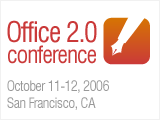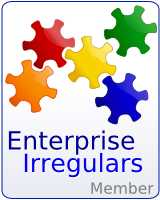Unbreakable Linux from Oracle
In a sign of the central role of Linux in Oracle's future, Ellison said this week that Oracle will strip the Red Hat trademarks and symbols out of Red Hat Linux and market that version as the best Linux on which to run the Oracle database. And it will back it with low-cost support.
"Low cost" here means about 50% off what Red Hat charges (with an additional 50% off thru the end of January).
Overall, I think this is a good move for Oracle, and likely positive for Linux users as well. Supporting Linux is another step in Oracle's desire to control the IT stack. Being able to offer apps, the middleware, the database and now support for the OS goes a long way in establishing and maintaining account control.
Some thoughts on how the Oracle Unbreakable Linux announcement might affect SAP. Not saying I believe all these, just that they are possibilities and possible Oracle positioning:
- Likely little, to no, short term impact on SAP
- Oracle potentially gains another backdoor into the SAP installed base, including non-Oracle accounts. Number of SAP customers using Linux has increased every year. Now Oracle has another layer in the stack, giving customers pricing flexibility and one-stop shop which is attractive, especially in the SME space
- From a market positioning standpoint, Oracle further defines SAP as an apps-only player and can point to SAP's lack of operating system coverage
- Oracle touts a more concrete open source story while attacking SAP's "limited" presence in open source
- This one particularly is annoying given SAP has done quite a bit in open source
Additional thought inspired by this announcment
- Maintenance is becoming/has become a main revenue driver for Oracle.Past announcements around becoming a "subscription" vendor supports this premise
- Increased discounting on app licenses, open source support, on demand (including hosting) all are evidence of this
[Oracle][Unbreakable Linux][Red Hat][Open Source]






